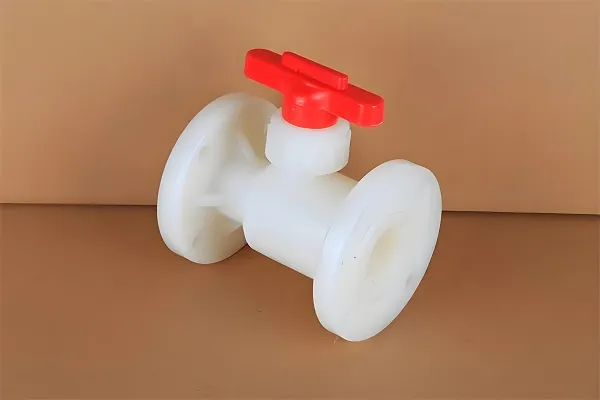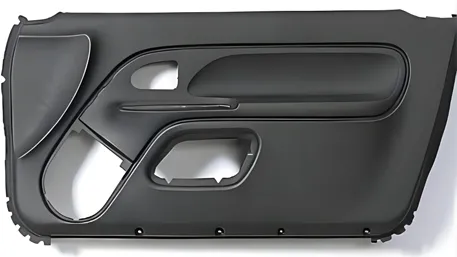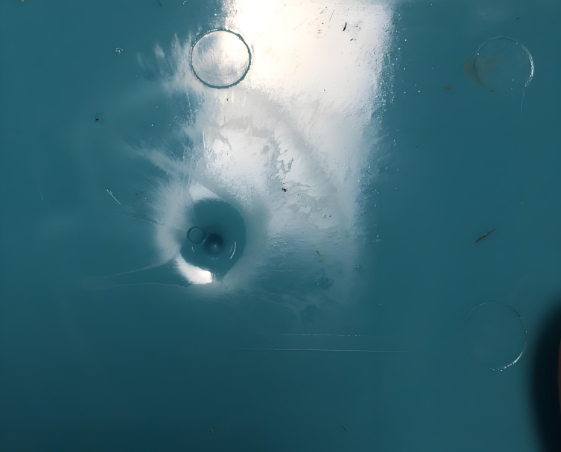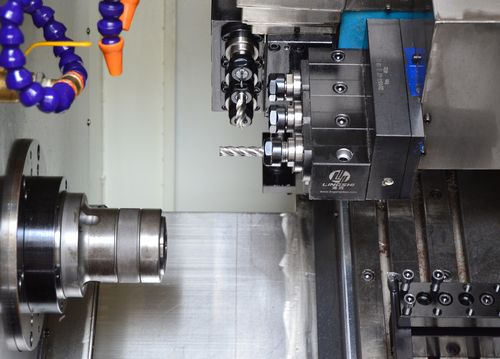Plastic injection molding is neither inherently easy nor impossibly hard—its difficulty depends on the complexity of the part, production scale, and the level of expertise involved. While basic concepts are accessible, mastering the process to produce high-quality parts consistently requires technical knowledge and practical experience.
What makes plastic injection molding seem manageable?
For simple applications, the process can be approachable:
- Standardized equipment: Modern injection molding machines come with user-friendly controls that automate key parameters (e.g., temperature, pressure), reducing the need for manual adjustment.
- Basic part designs: Simple, low-tolerance parts (e.g., plastic cups or basic housings) with uniform wall thickness and no undercuts can be produced with minimal optimization.
- Established workflows: For high-volume, off-the-shelf parts, mold makers and machine operators often follow proven recipes (e.g., pre-set temperatures for common plastics like polypropylene), streamlining production.
What makes it challenging?
Several factors increase the difficulty of plastic injection molding:
- Mold design complexity:
Molds for intricate parts (e.g., those with thin walls, undercuts, or complex geometries) require precise engineering to avoid issues like air traps, uneven filling, or difficult ejection. Designing such molds demands expertise in CAD, material flow dynamics, and cooling system placement—even small errors can lead to defective parts.
- Material variability:
Different plastics (e.g., ABS, nylon, PEEK) behave differently under heat and pressure. For example, amorphous plastics (like ABS) flow more easily than semi-crystalline ones (like polypropylene), which shrink more during cooling. Adjusting machine settings to match material properties—especially for blended or filled resins (e.g., glass-reinforced plastics)—requires deep material science knowledge.
- Process optimization:
Achieving consistent quality requires balancing multiple variables:
-
- Injection pressure and speed: Too much pressure can cause flash (excess plastic seeping out of the mold); too little may leave the mold underfilled.
-
- Cooling time: Insufficient cooling leads to warping; excessive cooling wastes energy and slows production.
-
- Shrinkage control: Plastics shrink as they cool, and predicting shrinkage rates (which vary by material and part design) is critical to ensuring the final part meets dimensional tolerances.
- Troubleshooting defects:
Common issues like sink marks, weld lines, or bubbles require diagnostic skills. For example, a weld line (a weak seam where molten plastic flows meet) might stem from low injection speed, improper gate placement, or material temperature—identifying the root cause often involves testing and iterating.
- High-volume production demands:
Scaling from prototyping to mass production introduces new challenges, such as maintaining mold consistency over thousands of cycles, managing tool wear, and minimizing downtime for mold cleaning or repairs.
Who finds it most difficult?
- Beginners: Those new to the process may struggle with optimizing machine settings, interpreting material data sheets, or troubleshooting defects.
- Low-volume producers: Small batches often use simpler, less precise molds (e.g., aluminum instead of steel), which are more prone to wear and require frequent adjustments.
- Complex part manufacturers: Industries like aerospace or medical devices, where parts demand tight tolerances (±0.001 inches) and strict material certifications, face heightened difficulty in ensuring compliance.
Can the difficulty be managed?
Yes, with the right approach:
- Invest in expertise: Training for mold designers, machine operators, and process engineers in material science and mold flow analysis (using software like Moldflow) reduces errors.
- Start simple: Prototyping with basic part designs and common materials (e.g., ABS) builds familiarity before tackling complex projects.
- Leverage technology: Advanced machines with real-time monitoring (e.g., sensors to detect pressure fluctuations) and AI-driven optimization tools can automate adjustments, reducing human error.
Conclusion
Plastic injection molding is manageable for simple applications but grows challenging with part complexity, material specificity, and quality requirements. While it requires technical skill to master, proper training, equipment, and process optimization make it a reliable and scalable manufacturing method for even the most demanding parts.






